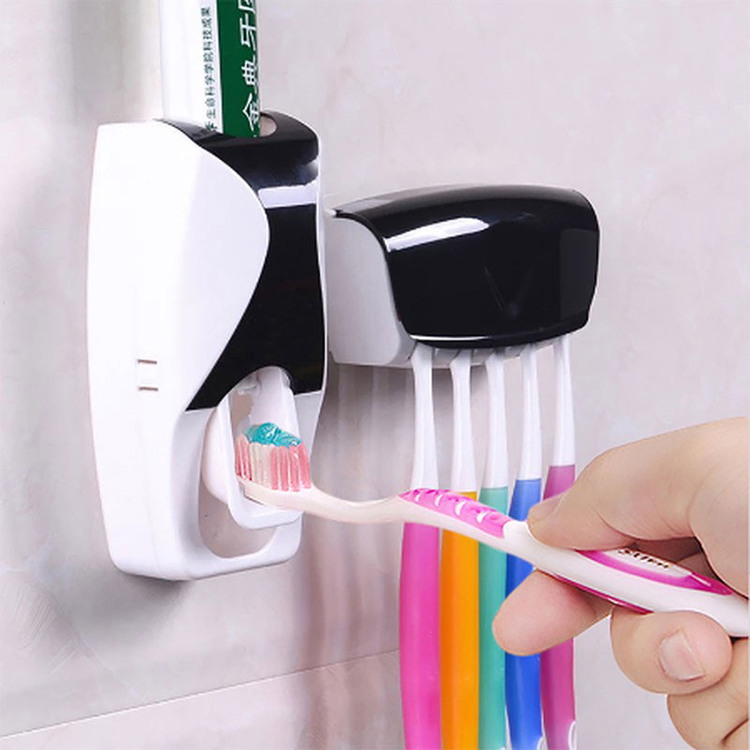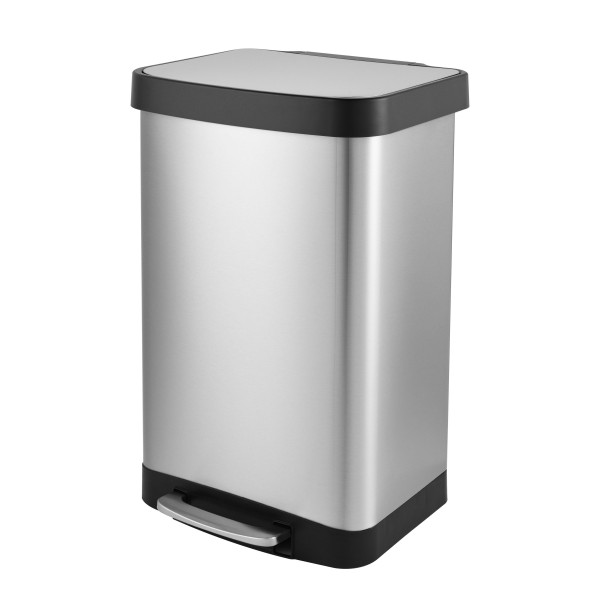The advantages of induction trash cans mainly include convenience, hygiene, and improved user experience. Users do not need to manually open the lid of the trash can, just wave your hand in the induction area to open it automatically, especially suitable for users with garbage in their hands or in a busy state, which greatly saves the operation time. The contactless design of the sensorized trash can avoids this and reduces the risk of bacteria transmission, especially for the elderly and people with limited mobility, improving the quality of life.
The pain points of sensorized wastebaskets: low battery, sensor module failure, system setup problems, hardware damage, environmental effects, hardware damage, and mechanical control problems.
Replace the battery, clean the sensor module, check the environment, reset the system, contact a repair professional, check the mechanical control.
Are motion sensor garbage cans worth it?
Motion sensor garbage cans offer significant benefits, particularly in terms of convenience and hygiene. They are especially useful in situations where hands-free operation is essential, such as in kitchens or medical environments. These cans help reduce the spread of germs and bacteria by eliminating the need for direct contact with the lid. However, their higher cost compared to traditional waste bins and the potential for technical issues may be drawbacks. For those prioritizing cleanliness and modern functionality, sensor trash bins are often a worthwhile investment.
Why is my motion sensor trash can not working?
If your motion sensor trash can isn’t working, the issue might be due to several common factors. A low battery is often the primary cause; replacing it can resolve the problem. Sensor module failure or dirt accumulation on the sensor could also hinder functionality. Additionally, environmental factors such as excessive lighting or obstacles may interfere with the sensor’s operation. Hardware damage, mechanical failure, or system misconfigurations might require a more in-depth inspection or professional touchless garbage can lid repair.
How do you reset a touchless trash can?
To reset a touchless trash can, first ensure the batteries are properly installed and have sufficient charge. Locate the reset button, typically found near the battery compartment or control panel. Press and hold the reset button for a few seconds. If your sensor waste bin lacks a reset button, try removing and reinserting the batteries. This process often recalibrates the system, restoring functionality. Should the automatic trash can lid only partially respond, cleaning the sensor module and ensuring it’s free from obstructions might also help.
What size trash can do I need for a 13-gallon bag?
A 13-gallon trash bag typically requires a waste bin with a capacity of approximately 50 liters. Sensor trash cans designed for 13-gallon bags often feature dimensions that accommodate both the bag size and the automated lid mechanism. When selecting a trash can, ensure it includes sufficient space to fit the bag without stretching or tearing. Models like the best touchless garbage can often provide detailed specifications to ensure compatibility with common bag sizes, making them user-friendly and efficient choices for households and offices.
Can a dog open a sensor trash can?
Dogs may unintentionally activate sensor trash cans, particularly if they approach the sensor area out of curiosity. Automatic trash cans with highly sensitive sensors might open even with minimal movement. To prevent this, look for models with adjustable sensor sensitivity or lock features that disable the automatic mechanism when needed. While not foolproof, these measures can help ensure the trash can remains closed, minimizing the risk of messes caused by inquisitive pets.
Sensor trash cans enhance convenience and hygiene but require proper maintenance and consideration to avoid malfunctions.




